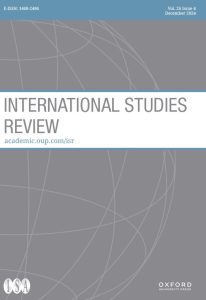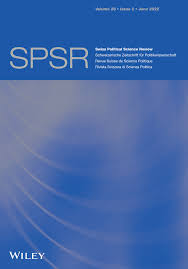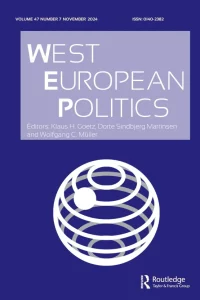The most peculiar characteristic of a cultural heritage is represented by its uniqueness. To ensure that an object is preserved against environmental deterioration, vandal attacks, and accidents, modern Cultural Heritage documentation involves 3D scanning technologies. In the case of fragmented artefacts, the digitization process represents an essential prerequisite for facilitating an accurate 3D reconstruction. The aim of this research paper is to present a framework that enables an accurate digital reconstruction of fragmented or damaged artefacts using ornament stencils obtained from 3D scan data. The proposed framework has been applied for the richly adorned ornaments of the fragmented Dacian embossed disk from Piatra Roșie. The case study makes use of the 3D dataset acquired, using a structured light scanner to extract vector displacement maps, which are then applied to the 3D computer-aided design (CAD) model. The output of the framework includes a proposed digital reconstruction of the aurochs fragmented Dacian embossed disk, as well as the ornaments’ stencils database. The proposed framework addresses problems that are associated with 3D reconstruction processes, such as self-intersections, non-manifold geometry, 3D model topology, and file format interoperability. Finally, the resulting 3D reconstruction has been integrated within virtual reality (VR), augmented reality (AR), and mixed reality (MR) applications, as well as computer-aided manufacturing (CAM) based on additive manufacturing to facilitate the dissemination of the results.
